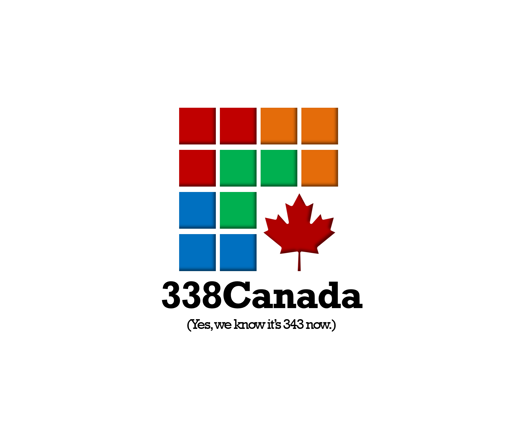- cross-posted to:
- [email protected]
- cross-posted to:
- [email protected]
https://338canada.com/districts.htm
Scroll down and enter your riding where it says Search your electoral district…
Note that these aren’t polls taken in each riding. 338 takes the voting data of the riding in previous elections and then uses national and province-wide polls (which are broken down by voter demographics and how people voted previously) to predict how voter intention is changing. So for example a middle class white riding that voted mostly NDP previously is going to be predicted more Liberal when Canada-wide polls are showing that the Liberals are polling well with the white middle class and former NDP voters.
How accurate is 338?
https://338canada.com/record.htm
The 338Canada / Qc125 model has thus far covered 18 general elections in Canada. In total, 2,039 electoral districts were projected.
So far, the model has correctly identified the winner in 1,821 districts, a success rate of 89.3%.
Among the 218 remaining districts, 132 of the winners (6.5%) obtained a share of the vote that was within the projection’s margin of error (moe). Only 86 districts (4.2%) were complete misses.
On this site, electoral districts are labelled according to the odds of winning by the projected favourite party. If a party’s odds of winning are at or above 99.9% (formerly 99.5%), the district is labelled as safe. Between 90% and 99.9%, the district is likely. Between 70% ad 90%, we use the label leaning. Finally, if no party has odds above 70%, the district will be labelled as a toss up.
Here below is the complete breakdown of correct and incorrect winners from safe, likely, leaning and toss up districts:
First election or what?
yes?
Cool! Welcome!
It’s a bad attempt at copying Nate Silver’s work, but lacks any statistical quality or funding. It’s something to read but in my opinion, total BS.




